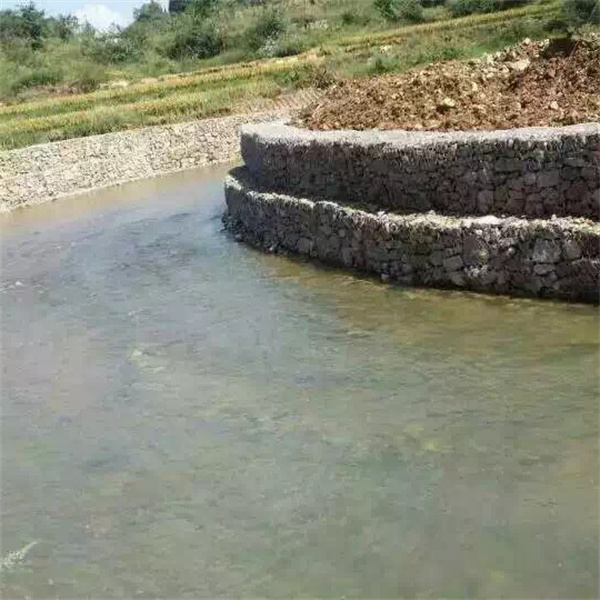Led . 02, 2025 05:22 Back to list
gabion rust
The Impact of Rust on Gabion Structures
Gabions, a widely used construction material, consist of wire mesh cages filled with rocks or other materials. They serve various purposes, including erosion control, retaining walls, and landscaping. However, one of the significant challenges that gabions face is rust, particularly since most gabions are made from steel. Over time, rust can undermine the integrity and longevity of gabion structures, leading to safety concerns and increased maintenance costs.
Understanding Rust Formation
Rust is the result of corrosion, primarily in iron and its alloys when exposed to moisture and oxygen. The chemical reaction involves the oxidation of iron, leading to the formation of iron oxide, commonly known as rust. In the case of gabions, environmental factors such as humidity, water flow, and soil conditions play a pivotal role in the rate of rust development. Consequently, gabion structures located in areas with high moisture levels or severe weather conditions will likely experience rust more rapidly than those situated in drier environments.
The Consequences of Rust
The presence of rust in gabion structures can lead to several adverse effects. Firstly, rust weakens the wire mesh that makes up the gabions, reducing their structural integrity. As the iron oxidizes, the strength of the wire diminishes, which can eventually lead to collapse, especially in load-bearing applications such as retaining walls. Secondly, rust can cause aesthetic issues. A rusty gabion not only looks unattractive but may also detract from the overall appearance of the surrounding landscape.
Moreover, the formation of rust can create a vicious cycle. Once corrosion begins, it can lead to further corrosion as weakened areas are more susceptible to moisture infiltration. This exacerbates the problem, causing accelerated deterioration of the gabion structure.
Preventive Measures
gabion rust

To combat rust, several preventive measures can be implemented during the design and installation of gabion structures. One effective method is to use galvanized steel wire, which has been treated to resist corrosion. Galvanization involves coating the steel with a layer of zinc, acting as a barrier against moisture and air, thereby slowing down the rusting process significantly.
Another option is to use stainless steel for gabions, as it is more resistant to corrosion due to its alloy composition. While stainless steel gabions tend to be more expensive, their longevity and reduced maintenance can make them a worthwhile investment, especially in environments with high exposure to moisture.
Proper drainage around gabion structures is also essential. Ensuring that water does not pool around or within the gabions can significantly reduce rust formation. Designing gabions with adequate drainage systems will help divert water away, thus minimizing the risk of corrosion.
Maintenance and Inspection
Regular maintenance and inspection are crucial in combating the effects of rust on gabion structures. Visual checks can help identify early signs of corrosion, allowing for prompt interventions. In cases where rust is present, treating the affected areas with rust-inhibiting solutions and repainting with protective coatings can extend the life of the structure.
Conclusion
While rust poses a significant threat to the longevity of gabion structures, understanding its causes and implementing preventive measures can mitigate its impact. By choosing appropriate materials, ensuring proper installation, and maintaining the structures, we can enhance the durability and appearance of gabions, making them a viable option for various construction applications. Awareness and proactive management are key to preserving the functionality and aesthetic value of gabion installations in our environments.
-
Wire Mesh Thickness Impact on Gabion Wall Load Bearing
NewsAug.12,2025
-
Ultimate Guide to Hexagonal Gabion Box
NewsAug.12,2025
-
Types of Rocks for Gabion Baskets Durability and Aesthetics
NewsAug.12,2025
-
Standard Gabion Box Sizes and Their Industrial Applications
NewsAug.12,2025
-
Easy Guide to Building Garden Gabion Cages at Home
NewsAug.12,2025
-
Drainage Solutions for Gabion Mesh Structures
NewsAug.12,2025
-
Visualizing Gabion 3D Integration in Urban Landscapes with Rendering
NewsJul.23,2025






